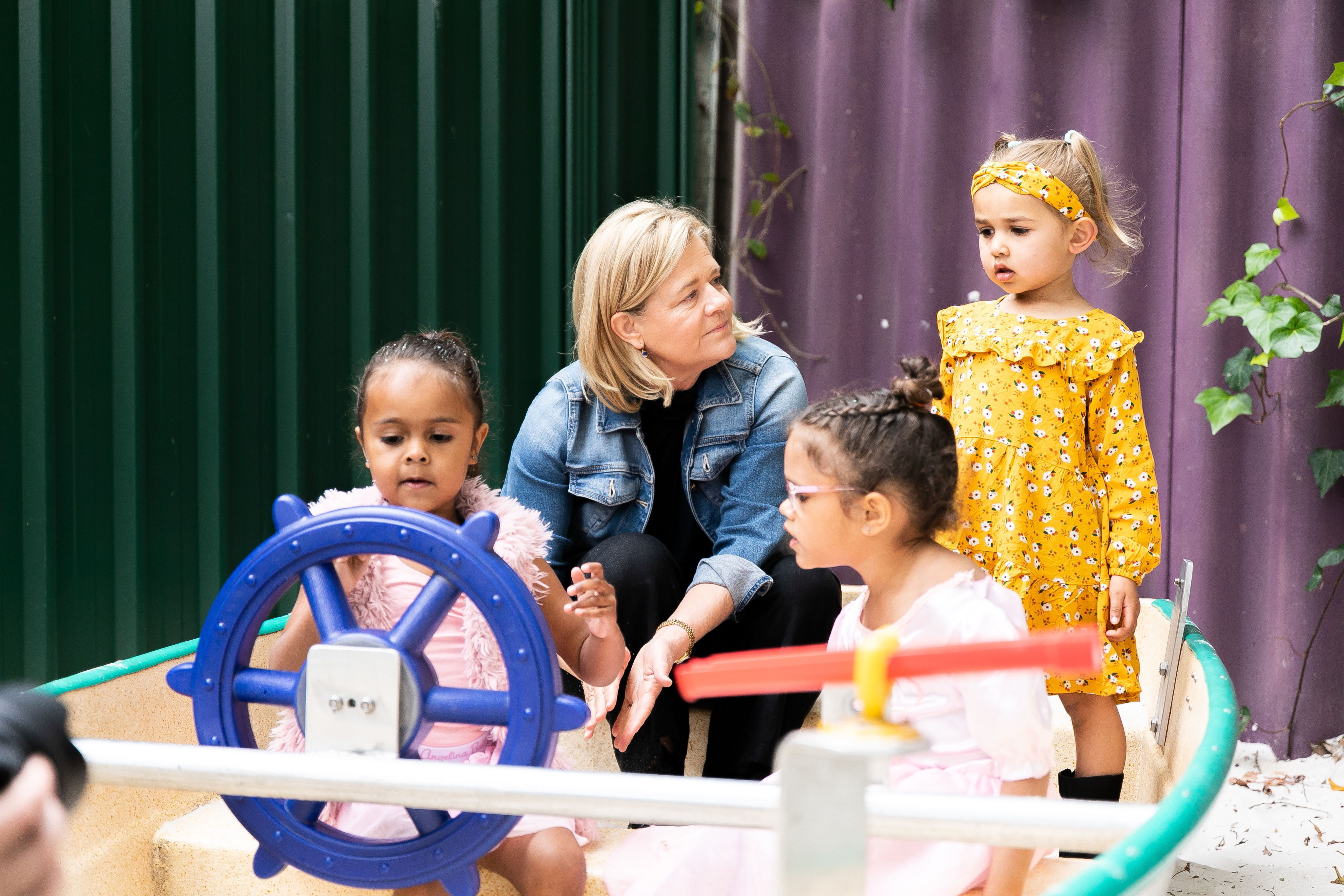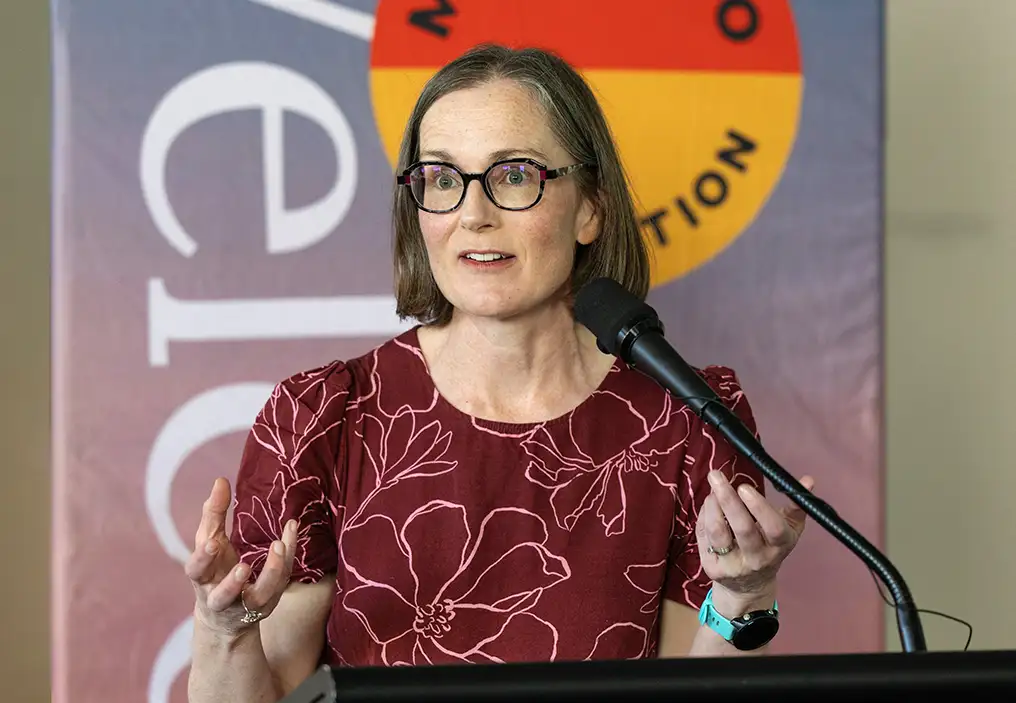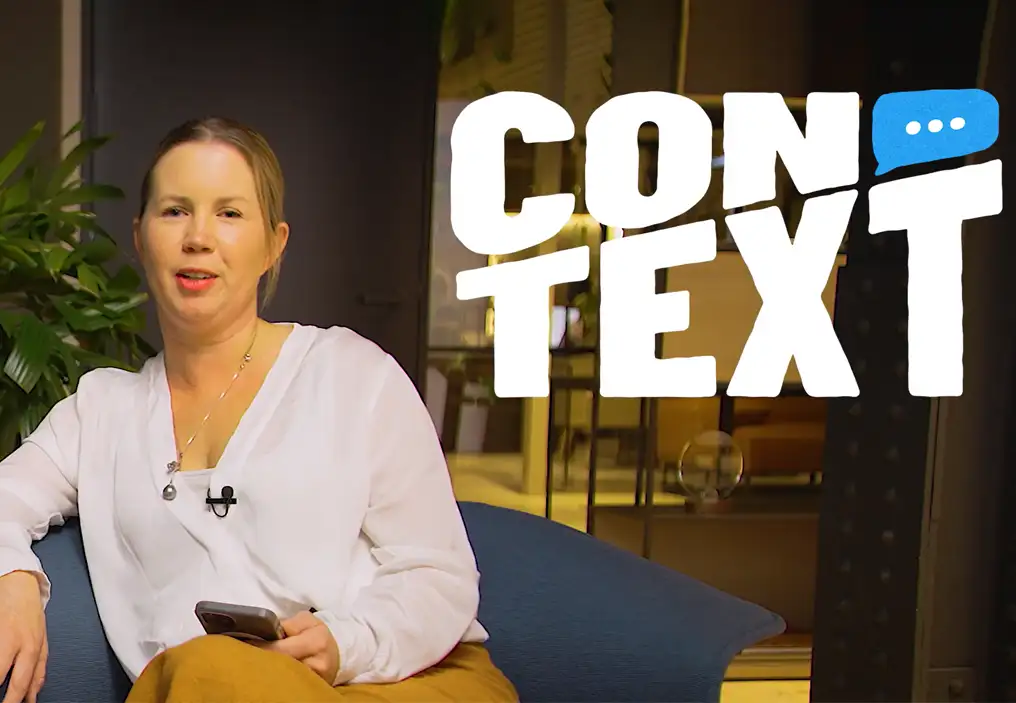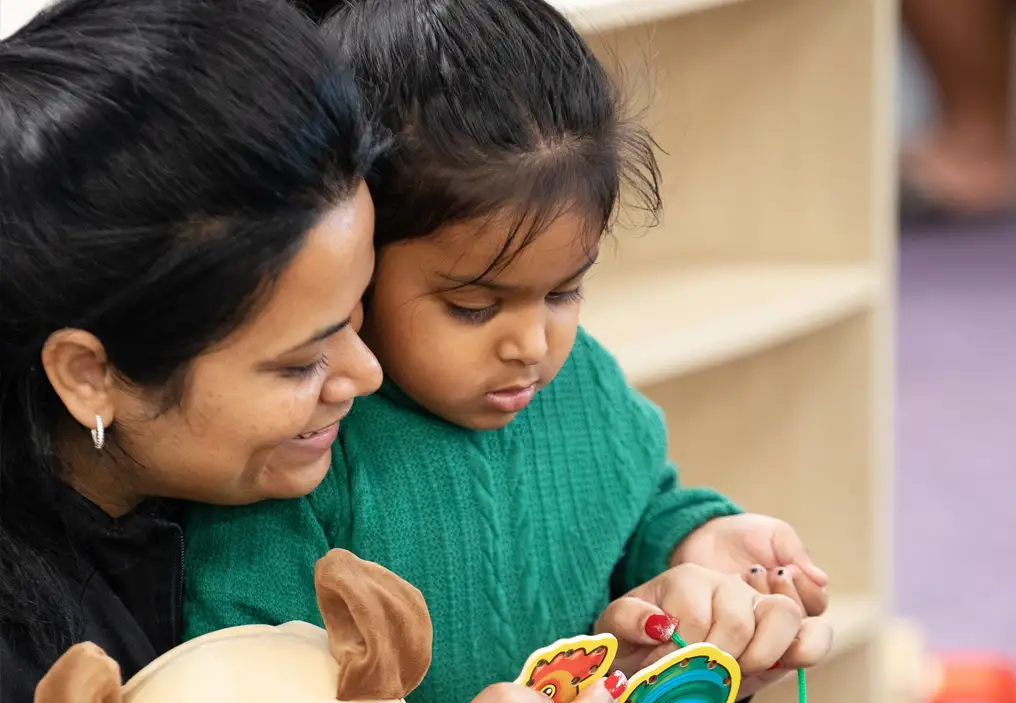Late intervention is costly – not just in dollars, but in loss of quality of life for children and families.
Our new Cost of Late Intervention Report 2024 shows how much governments are spending when support comes too late, and why investing in early, proven solutions is smarter, fairer, and more effective.
The old adage still rings true: prevention is better than cure.
Our children and communities are no different. As with most things in life, it’s far better to stop a problem from arising than to deal with its consequences.
To give every child a fair go, families need the right support to thrive. When that support isn’t delivered and challenges go unaddressed, negative outcomes can follow.
This is what we call the cost of late intervention.
This cost is measured as government spending on statutory, acute and essential services that step in when children and young people are already in crisis.
These services are critical – but they are also expensive. And too often, they arrive too late.
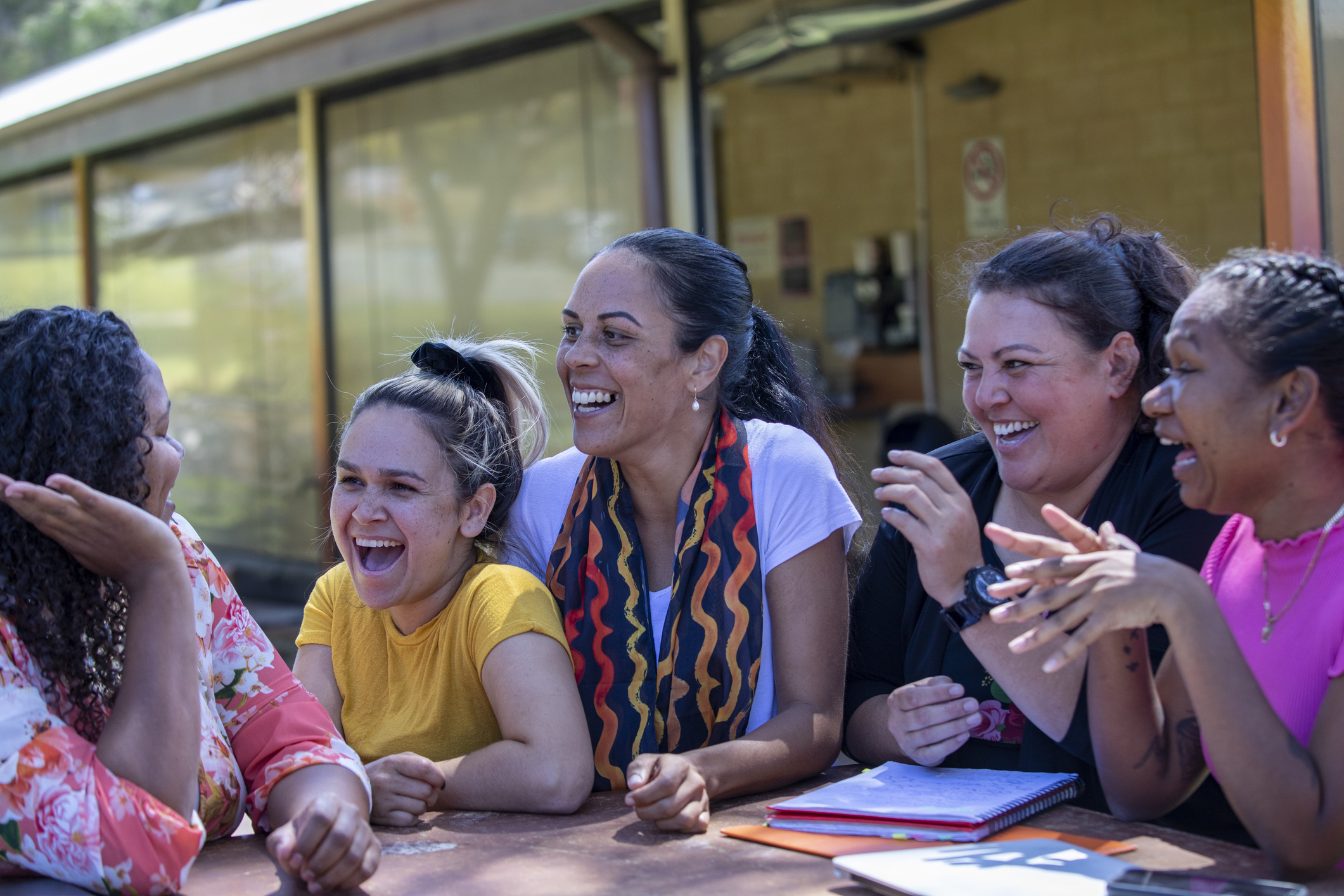
In practical terms, the cost of late intervention might look like:
Mental health services
- Hospital admissions.
- Alcohol and drug-related hospital admissions.
- Mental health-related prescriptions
- Homelessness services.
- Other indirect services, such as police, courts and health costs.
Justice
- Youth justice costs for detention.
- Community-based support services.
- Justice conferencing services.
- Probation and community support costs.
Physical health intervention
- Potentially preventable hospitalisations — asthma, diabetes complications, dental issues, obesity, child injury costs.
Youth homelessness
- Homelessness services.
- Associated support programs.
Youth unemployment
- Youth Allowance (Other).
- JobSeeker / JobStart payments.
- Special Benefit.
Youth crime
- Hospital, court, custodial, and police costs associated with youth offences
While the financial costs of late intervention are clear (more on that in our latest report), the social costs are even greater.
Lost opportunities, diminished wellbeing, and a reduced ability to contribute meaningfully to family, community and society – these costs are profound, yet immeasurable.
So, when we are able to stop problems from arising, everyone has a much better experience, and it costs our economy less.
As Nicola Forrest puts it: “Early intervention not only reduces long-term costs but also improves life outcomes for hundreds of thousands of children and young people.”

In 2019, Minderoo Foundation partnered with The Front Project to publish the first iteration of the Cost of Late Intervention Report.
It estimated the annual cost to Australian governments at $15.2 billion.
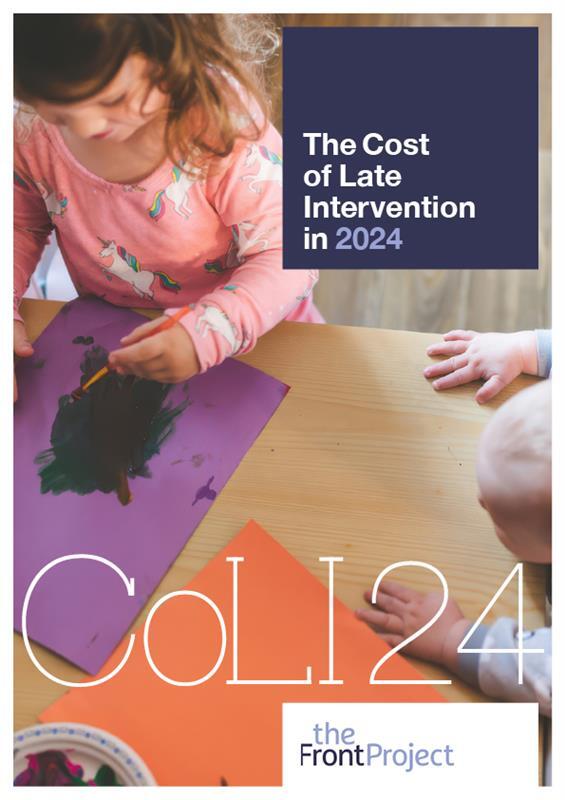
Cost of Late Intervention Report, 2024
The second edition of Minderoo Foundation’s Cost of Late Intervention (COLI) report, compiled by The Front Project, shows late intervention now costs $22.3 billion per year.
By being smarter about what data we collect and analyse, by acting on the evidence that we already have, by providing effective support earlier, there is an opportunity to change young lives, and simultaneously improve our nation’s bottom-line.
Now, five years on, we’ve released an updated 2024 report to examine how these costs have changed over time.
The annual cost of late intervention has risen – at rates that exceed inflation and population growth – to $22.3 billion.
The compound average growth rate is 7.7 per cent per annum, whilst inflation at the same period was less than 3.4 per cent and population growth was 1.6 per cent.
Yet despite this rise in spending, fewer people are being helped.
In many cases, the issue isn’t that more children and young people are in need – but that the cost of responding late has become even more expensive.
A range of compounding issues are limiting the system’s capacity to respond effectively, including:
- Workforce shortages in key sectors
- Increased demand on services
This has led to bottlenecks in the system and a growing reliance on costlier forms of intervention.
For example:
- Court backlogs → Longer remand periods
- Foster carer shortages → Greater reliance on residential care
Even in areas where caseloads have stabilised or decreased – like child protection and youth justice respectively — the cost of intervention has continued to grow, increasing by more than 40 per cent.



Looking across issue areas, some outcomes have improved, while others have worsened.
Some trends have improved:
- Youth justice has seen fewer young offenders, fewer court cases, and fewer young people in community-based supervision.
- Youth unemployment has decreased.
- The percentage of children in out-of-home care has plateaued.
- Mental health hospitalisations have dropped since the COVID peak.
While others have worsened:
- School attendance has declined – over 50 per cent of Year 7–10 government school students miss a month or more of school annually.
- Youth homelessness has increased for those aged 12 to 24.
- More young people are disengaged from education or study.

We want every child to have the best life possible – and when we act early, everyone benefits.
That’s why Australia must build its capacity to find, fund, and deliver what works – and do all of it early.
Here’s what that could look like:
1. Invest in effective early intervention for all children and families
Governments should identify and prioritise proven early intervention services that are tailored, sustained, and aligned with the needs of children, parents, and families.
This requires tracking both spending and outcomes to see where benefits are being realised within and across portfolios. Doing so enables a clearer understanding of the return on investment and allows resources to be reinvested more effectively.
2. Fix the vertical fiscal imbalance
This report highlights a key barrier: while state and territory governments are primarily responsible for most early intervention spending, the Commonwealth holds most of the revenue-raising power.
3. Fund wrap-around “stacked” models
Since our 2019 report, new evidence has strengthened the case for “stacked” interventions that reflect the complexity of challenges facing families.
Models such as hubs and foyers enable service providers to respond holistically to multiple issues at once, rather than in isolation.
Models like community hubs and youth foyers bring services together under one roof, allowing practitioners to respond holistically rather than in silos. These models are especially effective for vulnerable families.
4. Strengthen social data collection
Current data gaps limit the ability of governments to make informed decisions. Many social issues are not systematically tracked, making them invisible in planning and budget processes.
Regular, high-quality data collection is essential to assess need evaluate effectiveness, and measure progress over time.
Early intervention isn’t just the right thing to do – it’s the smart thing to do.
By investing early and wisely, we can change lives, reduce long-term costs, and give every child the chance at a life that they deserve.
Want to stay in the loop in our Communities work?
By signing up with your email, you agree to Minderoo Foundation’s Privacy Policy.
